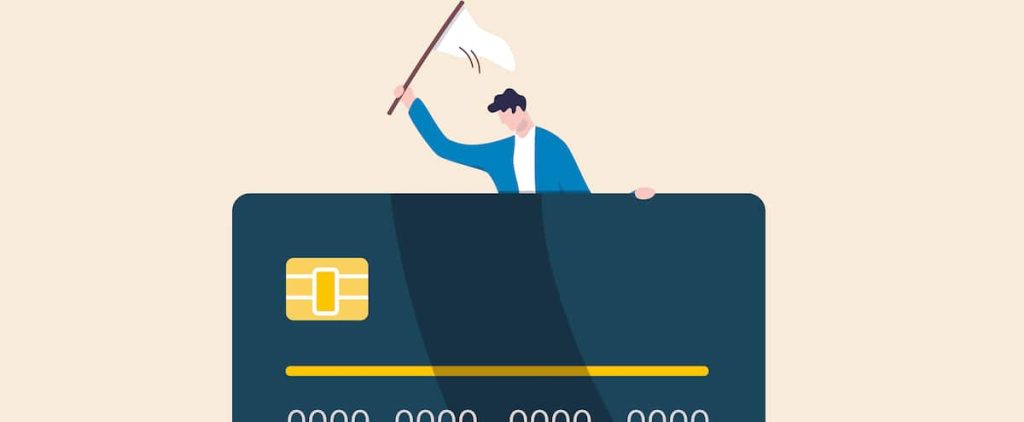
Even though consumers never use their credit cards, most of them fall behind on their balance payments. And with a steady increase in the minimum monthly payment required from 2019, the pill is hard to swallow.
The news is not good. According to a survey published by credit agency Equifax last September, the use of credit cards has skyrocketed.
Average monthly spending per consumer in Q2 2022 was $2,370, up more than 20% from the same period last year.
Worse, people with low or bad credit scores saw their credit card balances increase by more than 16% compared to the second quarter of 2021. At the same time, the average credit limit granted for new cards is now $5,800, a record for the past seven years.In other words: the opportunity to go into debt is increasing, and consumers are following suit.
has already increased sharply
In this context, it’s no surprise that delinquencies continue to rise, with 100,000 more Canadians missing at least one credit payment than last year. It has recorded the most significant increase in the delinquency rate of credit cards.
However, according to the Canadian Bankers Association, 30% of consumers have outstanding balances on their credit cards. Of this percentage, many are satisfied with paying the minimum payment every month, this ratio is estimated to be 15 to 20% when changes are made to the Consumer Protection Act.
The changes, which will take effect in 2019, aim to prevent consumers from being condemned to pay interest on their credit cards forever without ever repaying the principal. The new regulations now provide that the required minimum monthly payment rate will increase by 0.5% per year until it reaches 5% in 2025. Note that all cards introduced since August 2019 already have a minimum rate of 5%. For cards issued before this date, the minimum payment gradually increased to 3.5% on 1er August 2019.
Pay more, but for less time
Eric Lebel, partner, recovery and insolvency at Raymond Chabot, noted that the increases are hurting people whose budgets are already tight.
“For example, for a $5,000 balance on a 19.99% interest card, the minimum payment in 2019 is $100 per month. In August 2022, it will increase to $175 and in 2025 it will be $250,” he explains.
That’s a $150 monthly increase in just a few years, or $1800 a year. And still the credit card need not be overused!
On the other hand, it should be remembered that the purpose of this regulation is to help consumers get rid of their credit card debt more quickly.
In this sense, it is very effective, emphasizes Eric Lebel.
“It took 65 years and one month to pay off a $5,000 balance with a minimum payment of 2%, resulting in $22,415 in interest charges. At the current rate of 3.5%, we go to 16 years and one month and $9,349 in interest. In 2025, it will take only 10 years to pay off the entire balance with $7,427 in interest,” he explained. Moral: It hurts, but it’s better later.
Tips
- The Office de la protection du consommatur’s tool allows you to calculate the minimum payments on credit cards, the repayment period and compare the results according to different rates (opc.gouv.qc.ca/paymentminimum)
- Choose credit cards with interest rates below 19.99%. There are about thirty with rates below 13%.
- Do you have a line of credit? If it has a lower rate than your credit card, you can use it to pay off your card…not an excuse to get further into debt.
- If you are worried about your finances, contact a budget advisor, for example at ACEF in your area. If nothing goes right, a bankruptcy trustee is a good option.


![[VIDÉO] Private in health: Christian Dubey interrupted by CSN presenters](https://queenscitizen.ca/wp-content/uploads/2024/05/VIDEO-Private-in-health-Christian-Dubey-interrupted-by-CSN-presenters-720x475.jpg)


More Stories
Grand Vie Jackpot: Stars Align for Montrealer
[VIDÉO] Private in health: Christian Dubey interrupted by CSN presenters
The University of Quebec at Trois-Rivières patrols its campus with luxury Mustang Mac-Is.